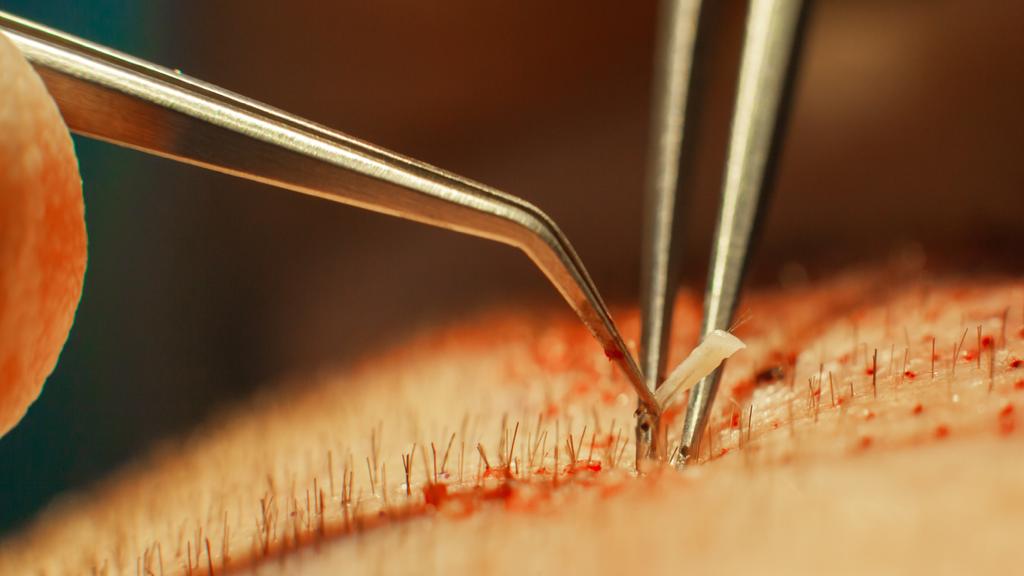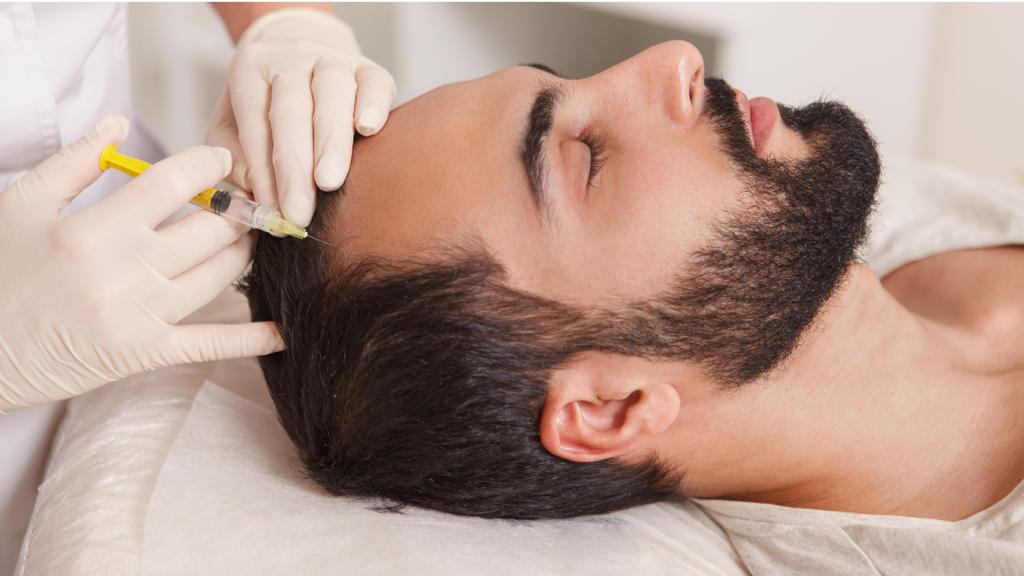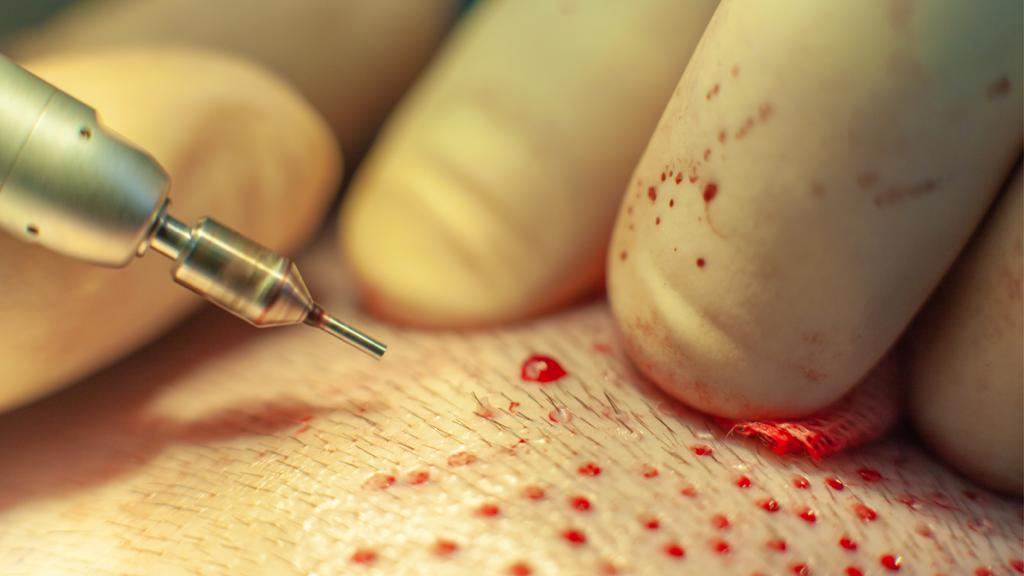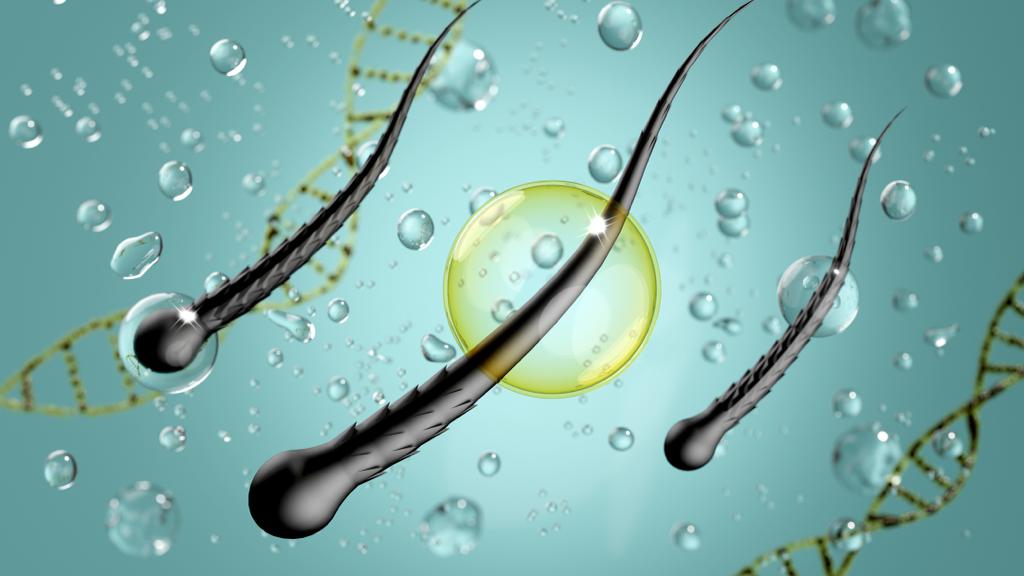
Get in Touch
To get best treatment please get in touch with us

FUT
FUT is a well-established and highly practiced, surgical method for hair restoration. It involves a technique where a thin strip of healthy hair-bearing skin, from a ‘permanent’ area of the scalp (where hair is genetically programmed to continue growing for life) is harvested and transplanted / reinserted to an area of hair loss (‘non-permanent area’).

GFC
Growth Factor Therapy is an innovative therapeutic treatment for different types of hair loss for men and women. In GFC we use the essential growth factors in your own platelet-rich blood cells to stimulate natural hair growth through a process known as “Bio-revitalization”. GFC can be used prior & following a hair transplant to strengthen the roots & bring about a better graft survival

Hairloss Medicine
For many people experiencing the early stages of hair loss, tried and tested medications can be an effective way of slowing down and in some cases, reversing the process.
At CCRS, we only advise on the use of the most effective and safe medications on the market today and before any medication is prescribed, Dr. Sameer will address your individual concerns in the most appropriate way.

FUE (Follicular Unit Extraction)
Follicular Unit Extraction also known as ‘FUE’ and is one of the advanced procedure for restoring hair. FUE is the most popular hair transplantation method; and assures completely natural looks with real growing hairs.In a FUE procedure, the follicular units are extracted individually and directly from the scalp, typically using an automated system. The extraction method involves a number of tiny, round incisions or punctures scattered throughout the donor area. In some cases, FUE can also be used to harvest body hair as a donor site.
Advantages of FUE:
- Virtually Undetectable Scarring
- Advanced Technology
- Less Discomfort
- Faster Recovery
- Affordability
Dr. Sameer Karkhanis
Board-Certified Mumbai Plastic Surgeon





Dr. Sameer Karkhanis
Dr. Sameer Karkhanis, Chief Plastic Surgeon & Director of CCRS, is a Board Certified Aesthetic Plastic surgeon with an experience of over 20 years. He graduated from Grant Medical College in 1995 and did his Superspeciality training from the Lok Nayak Hospital, affiliated with the Maulana Azad Medical College, New Delhi. Following his Superspeciality training in 2004, he joined Tata Memorial Cancer Hospital, Mumbai as a Specialist Senior Registrar in Department of Plastic, Reconstructive and Micro Vascular Services.
He has been awarded 2 visiting fellowship in Aesthetic surgery at Brazil. In 2006, at the Brazillian Scientific Institute of Plastic & Reconstructive at the Albert Einstien Hospital, Sao Paulo & 2008 at the Federal University of Parana, Curitiba, Brazil. Dr. Karkhanis keeps himself abreast with the newer nuances and techniques in the field of Aesthetic Surgery.
He has a sub speciality interest, & an almost exclusive practice consisting of aesthetic surgery of the face, cosmetic breast surgery, & body contouring. He is an active member of several surgical fraternities.




Why Should You Choose CCRS?
CCRS is one of the renowned cosmetic center in the heart of Thane, Mumbai. offer services such as facelifts, hair transplants, rhinoplasty, breast augmentation, liposuction, and many more.
Highlights
Why Us?
Board Certified Plastic Surgeon

Dr. Sameer Karkhanis is one of the top rated cosmetic surgeon in India
Quality Healthcare at Reasonable Costs

State of the art infrastructure and latest medical tech at affordable prices
Directly Connect With Main Surgeon

Directly talk to the doctor who will perform your surgery
Big
Savings

India is famous for its worldclass doctors performing at 50-80% lower surgery costs
More
Savings

Stay and accomodation is facilitated by the clinic further bringing down costs
Extended Post Operative Cares

Lower costs means you can afford a longer post-op care at our hospital itself
Bypassing Long Waiting Lists

India has zero waiting as compared to Thailand, Bangkok, & Pattaya
Customised
Approach

Surgery and treatment plan is perzonalised for you. We also help you with vacation planning
Start your treatment journey hassle-free
Pre arrival consultation to prearrival virtual consultation with Dr. Sameer
Analysis Of Your Medical History
Other Than Travel Arrangements, Care
Care After Hospitalisation

What is Hair Transplant?
Hair Transplant, also called Hair Restoration or Hair Implantation is a procedure that permanently restores hair by transplanting new follicles into balding or thinning areas.
Learn more about the procedures
FAQ's
FUE – or Follicular Unit Extraction is a type of hair restoration that works by taking healthy individual hair follicles from a donor area of the scalp and implanting them to a different area on the head – this will make the hair in the new area look thicker and fuller.
FUE is an advanced surgery that has been perfected over time to replace traditional methods of hair restoration such as FUT, where an entire piece of skin is removed from the back of the scalp in order to harvest grafts.
FUE is the most popular form of hair restoration due to the advanced technology used giving the most natural looking result, minimal scaring and minimal recover time in comparison to other methods.
A hair transplant surgeon will use anaesthetic before your transplant, so there is a small amount of pain when this is administered. However, after the anaesthetic, you should not feel any pain at all. The procedure can feel slightly uncomfortable at first, but you won’t feel any pain. This will vary from person to person, but our surgeons will do what they can to make your procedure as comfortable as possible.
FUE hair transplant surgery is a safe procedure with minor side effects if performed by a qualified and experienced doctor at a reputable clinic.
This depends on the type of work you do – if you do not have a physical job, medically you can return to work after just a couple of days if you’re feeling ok in yourself. For those with more physical jobs it is recommended you take at least 7 days off work.
It is important to consider the that you will have some redness and scabs on your scalp for a couple of weeks, you can wear a hat straight after surgery, but I you would rather people not know about your surgery you will need to take a little longer off work to account for the cosmetic appearance of your scalp post-surgery.
The level of pain after a hair transplant will vary for patient to patient. In general, most people will feel soreness for only a few days after the procedure, however, the discomfort can last for up to a week. The level of pain can also very depending on the number of grafts you have transplanted – for larger surgeries it can take longer to heal, meaning discomfort can last longer.
Once your hair is transplanted it continues the characteristics it had before it was transplanted, the hair is typically taken from the back and sides of the scalp due to hair from this area of the head remaining in the natural hair growth cycle for much longer than at the front and crown. This means the hair will last a lifetime for most, or at least into old age.
Results will differ from patient to patient but for most you’ll see around an inch of hair growth 6 months after your procedure date with full results taking up to 12 months.
Yes, if you have the donor hair. At CCRS we will plan your hair transplant with the consideration that you might wish to have another transplant in the future to account for any further hair loss that may have happened.
Unfortunately, some hair transplant clinics over harvest the donor area during the first hair transplant which makes it very difficult to have a second transplant.
Contact Us
- Centre For Cosmetic & Reconstructive Surgery, Soham Plaza (North East Wing), Tikuji–ni–Wadi road, Thane, Mumbai - INDIA – 400610
- Call Us: 098335 71333
- Copyright 2025 Spoiledideas
